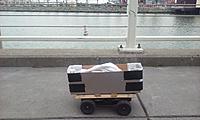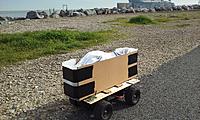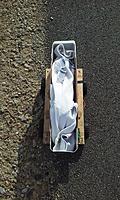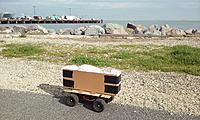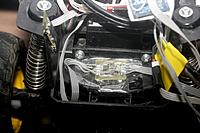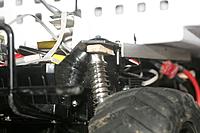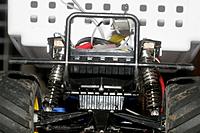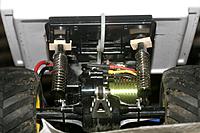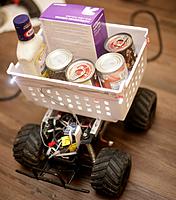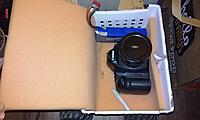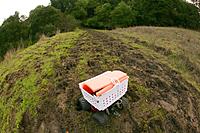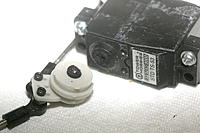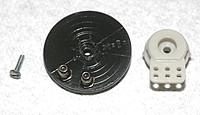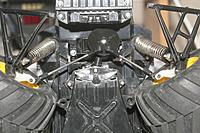Archive for January, 2016
Comments (0)
Add Comment
-
 Views: 202
Views: 202
-
 Views: 185
Views: 185
-
 Views: 173
Views: 173
-
 Views: 180
Views: 180
Theoretically, the 50mm has been unchanged since 1993, but the electronics look just barely possible in 1993. The traces & vias are 1980's grade. 0603 is the smallest component, showing a very old design. -
 Views: 186
Views: 186
-
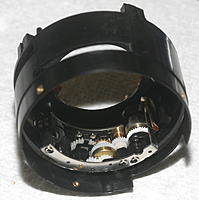 Views: 190
Views: 190
The autofocus mechanism is quite an investment, explaining why Nikon tried putting it in the camera body instead of replicating it in each lens. -
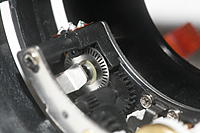 Views: 175
Views: 175
A very tiny optical encoder provides feedback for the autofocus. -
 Views: 203
Views: 203
The ultrasonic motor is quite a beast. It has no labels, brushes or openings. It has some kind of keyed coupling to the gear. The motor is very difficult to turn, but slips during part of every revolution. The line impedances go from 300k to 500k.
